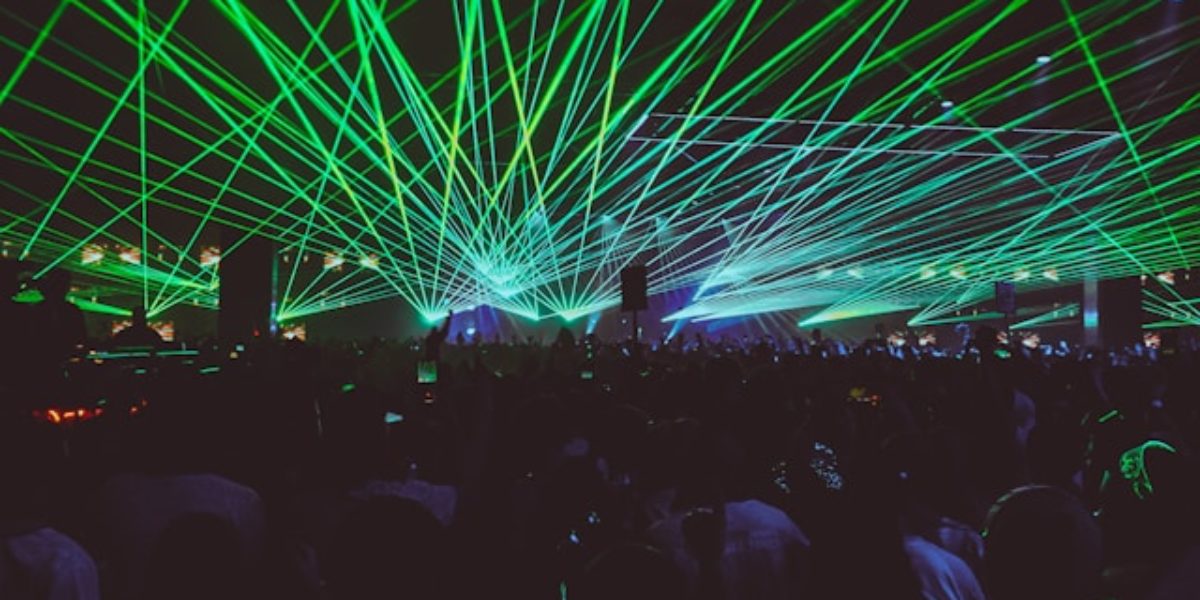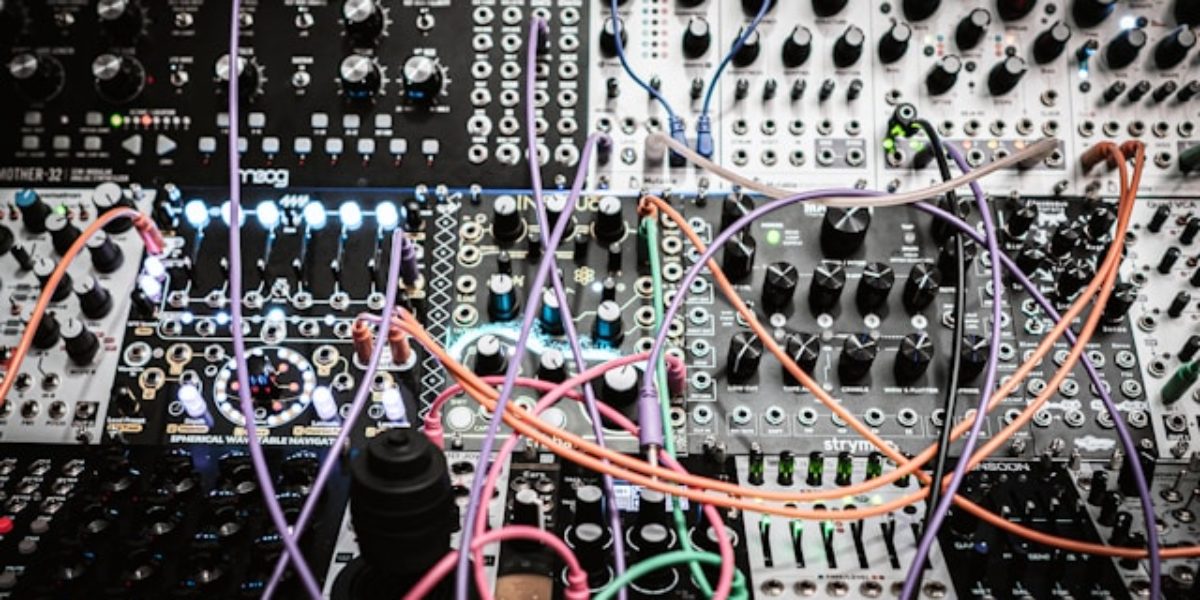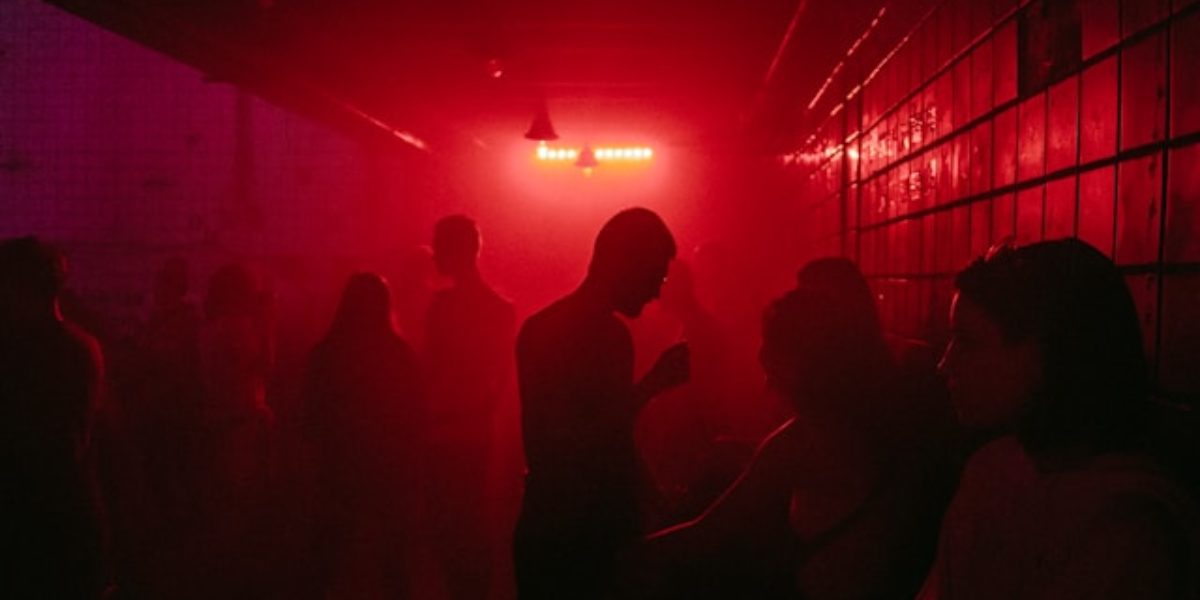In the Netherlands, in the 1990s, gabber emerged in Rotterdam as a new branch of electronic dance music, joining styles such as house and techno that were already well-known in Europe. Characterized by an extremely distorted bass drum racing at a high tempo, this music gave rise to an entire youth culture. Gabber had its own distinctive clothing, hairstyles, and dance style. Thousands of young people would fervently dance to the relentless beats in sports halls every weekend, often fueled by substances like speed and ecstasy, until the sun rose. This laid the foundation for the dance empire of ID&T, which, originating from gabber parties, paved the way for the festivalization of dance culture.
Aussie
The Aussie, as the Australian tracksuits from the Italian sportswear company L’Alpina were called, became the quintessential uniform of the gabber subculture. Originally, Australian was an exclusive brand for tennis players. In 1994, a suit would easily cost between 500 and 700 guilders. Converted to today’s currency, that would be between 434 and 608 euros, while the average monthly income at the time was 1,681 euros.
It became a status symbol among gabbers, and some would layer two or three jackets on top of each other. It was primarily the jackets that were worn, although some enthusiasts also dressed in the full suit.
The art of Thunderdome
While gabber flyers and posters often consisted of stolen artwork from various artists, those of the hardcore event Thunderdome were of a different, thanks to Victor Feenstra. Starting as a graffiti artist, he turned out to have a profound sense for airbrushing. As the house illustrator for party organizer ID&T, he painted many posters for parties and illustrated CD covers for compilation CDs. He also designed logos for DJs and record labels. At one point, his work adorned bus shelters, walls, and shops throughout the Netherlands. Feenstra’s work can be considered the iconic aesthetic of gabber house. Later, he was also responsible for the look and feel of Mysteryland and Happy Hardcore. After being a gabber artist for ten years, Victor abandoned the airbrush and travelled the world. Nowadays, he lives in Amsterdam again, focusing on graphic design.
Flyers
How did you announce a party when social media did not exist? Flyers and posters have been a part of dance culture since its early days. The availability of graphic programs on computers grew significantly in the 1990s. Digital printing, scanning, and copying also became more accessible for a general audience. The aesthetics of gabber flyers heavily rely on fantasy and horror. Works by artists like Frank Frazetta, Boris Vallejo, and H.R. Giger are eagerly plundered and used in numerous flyers and posters. Movies such as Nightmare on Elm Street, Hellraiser, and Child’s Play also serve as inspiration for the names and visual expressions of these events.



